case studies
Randolph Avenue streetscape upgrade
Contact
Insight:
Streetscape raingardens and stormwater infiltration wells, retrofitted into Randolph Avenue, South Australia
Project description
The Randolph Avenue streetscape upgrade converts an underutilised space into a softer, more environmentally friendly area through the inclusion of raingardens. It improves local amenities, and achieves stormwater quality objectives. This project was delivered as a pilot project to demonstrate street level action that can be taken to improve urban water quality and the quality of Adelaide’s coastal waters.
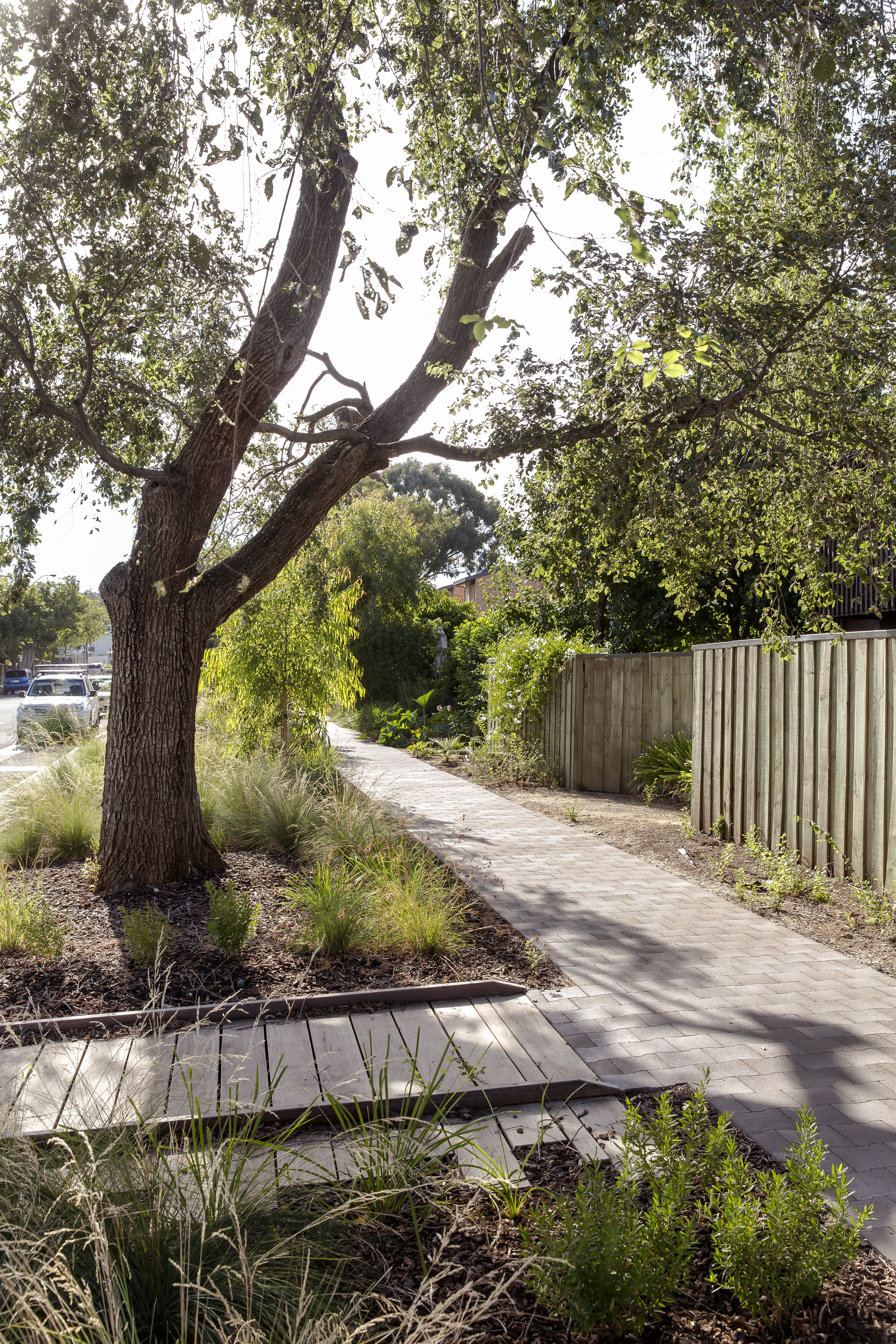
The drivers
Upgrade and revive tired Randolph Avenue streescape
- Demonstration: Pilot project to demonstrate action that can be taken at a street level to improve urban water quality and the quality of Adelaide's coastal waters.
- Multiple benefit landscapes: Provide multiple benefits within the landscape by including water sensitive urban design (WSUD) elements to meet water quality objectives while also enhancing landscape character, engaging the community with nature, and providing environmental benefits.
The innovations
Taking a step away from traditional side entry pits (SEPs) and underground stormwater pipe systems for treatment of stormwater.
- Streescape raingardens: All road runoff and stormwater systems from adjoining multi-dwelling complexes are directed to a series of raingardens that are located and sized to cater for stormwater flows generated from the contributing sub-catchment.
- Collector drain and street tree infiltration wells: Treated stormwater from the raingarden underdrains overflow to a dedicated ‘collector’ drain, which distributes the water to a number of soak wells located adjacent to street trees. The infiltration wells are designed with waterproof membranes at the top and bottom, and with geofabric and 200mm screenings around the perimeter, providing later infiltration to adjacent trees and garden beds.
- Extended saturation zone: A saturated zone of 450mm depth is used in the raingardens to assist plant viability and storage capacity of the systems.
The lessons
- Innovative design requires more construction supervision: Additional site inspections are needed when contractors have little exposure to the innovative design, to ensure the systems are constructed and established as designed.
- Repeat community engagement: The early design that was based on extensive community consultation was later discarded as other opportunities for the project arose. The project team later reflected that further community consultation should have occurred after discarding the early design, which would have helped with issues that arose regarding community concerns and expectations.
Transferability
Streetscape raingardens are highly transferable across urban areas, however the design and benefits will vary greatly between sites. Randolph Avenue had the benefit of being able to retrofit the streetscape layout with pathways, garden beds, replacement of existing trees, and creation of additional greenspace. These changes led to strong outcomes for water quality, landscape amenity, and community connection to the outdoors. Opportunities can typically be maximised for greenfield development, where neat integrations between the raingardens and other competing elements of the streetscape (carparking, service locations, pedestrian movement and safety) can be achieved.
Passively irrigated trees are also a highly transferable solution for existing streetscapes (as well as new developments). Where opportunities to modify the streetscape are limited, improved tree growth/canopy cover and reduction of urban runoff is still achievable, which can deliver water quality outcomes, urban cooling benefits and landscape amenity. The choice of design solution will be driven by physical constraints and design costs, and will always need to ensure adequate soil volume, drainage, and pedestrian safety are achieved.
Project stats
Location
Adelaide, SA, Australia
Participants
Additional information
Contact
The outcomes
 Cities providing ecosystem services
Cities providing ecosystem services

- Uptake and treatment of stormwater: Reduced stormwater pollutant loads into receiving environment.
- Enhanced streetscape vegetation: Enhanced habitat with improved tree growth through infiltration well passive irrigation.
 Cities as water supply catchments
Cities as water supply catchments

- Alternative sources of water: Opportunity to harvest and reuse flow within raingarden systems in the future - approximately 10ML/year available for reuse.
 Cities comprising water sensitive communities
Cities comprising water sensitive communities

- Improved amenity: Connect community with nature through enhanced landscape amenity.
- Community involved in decision-making: Extensive community engagement for the early concept design.
Interested in this solution?
We partner with small and large companies, government and industry in Australia and around the world.
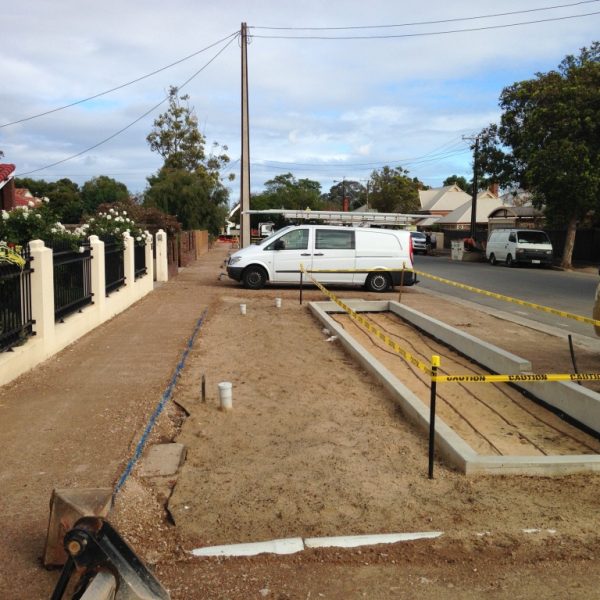
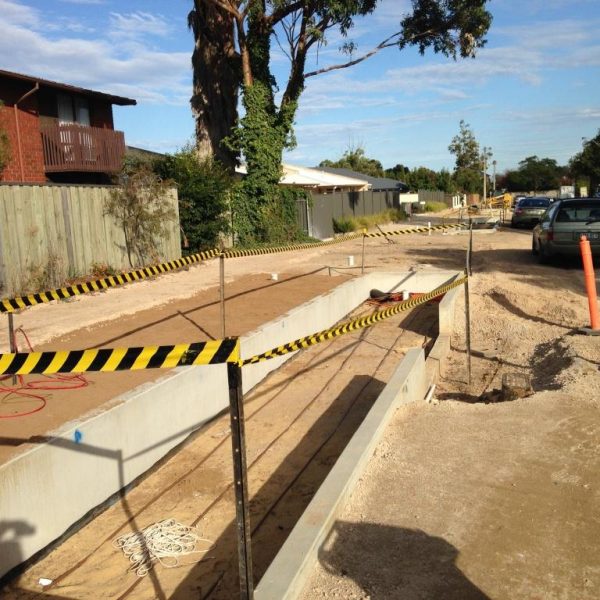
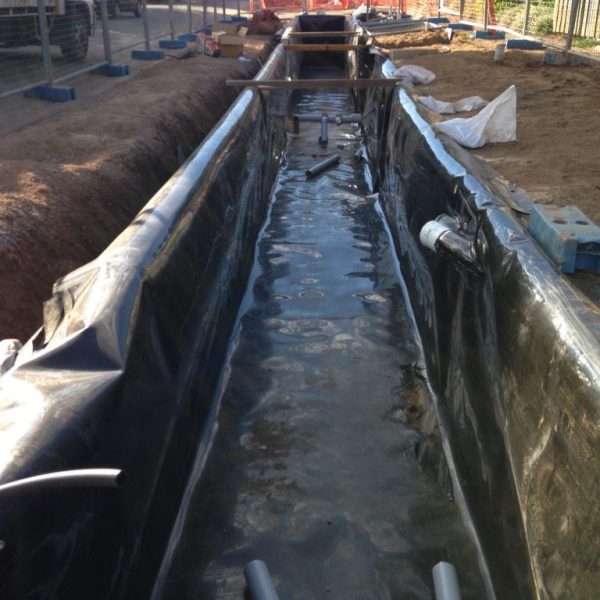
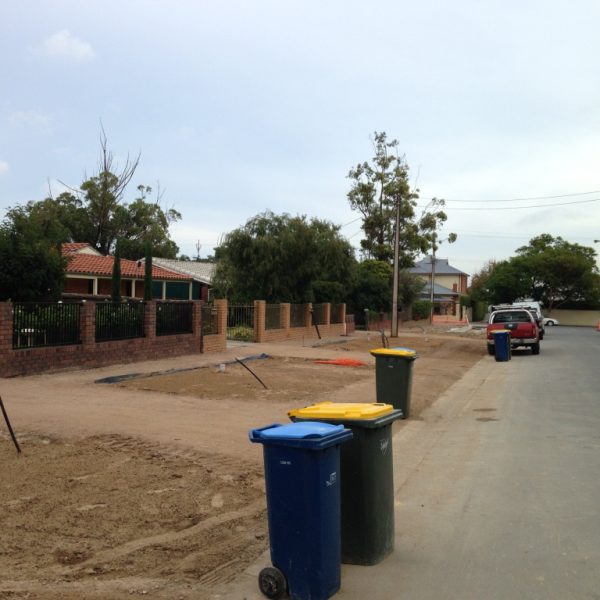
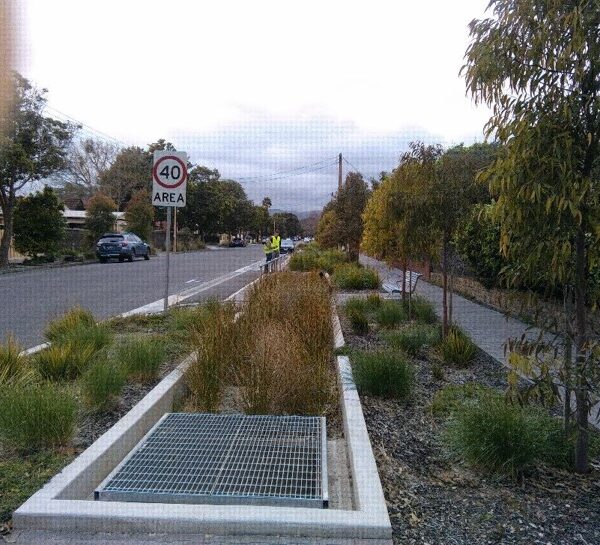
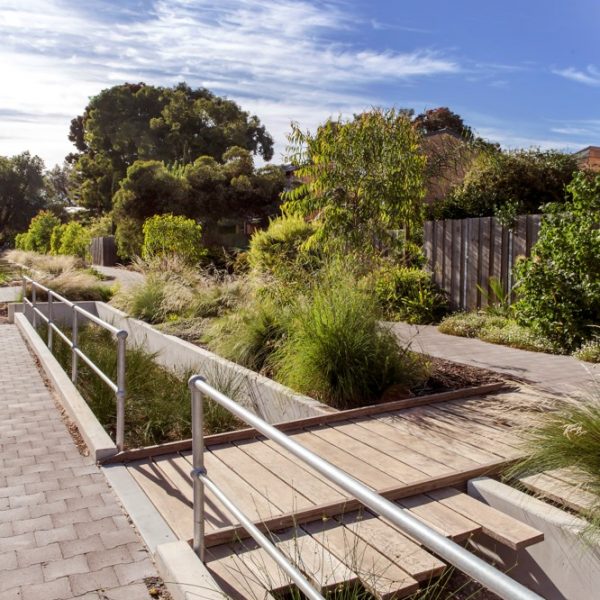
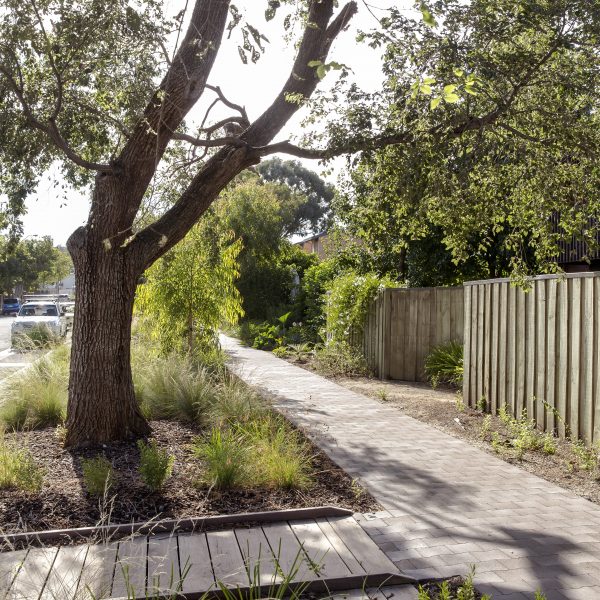
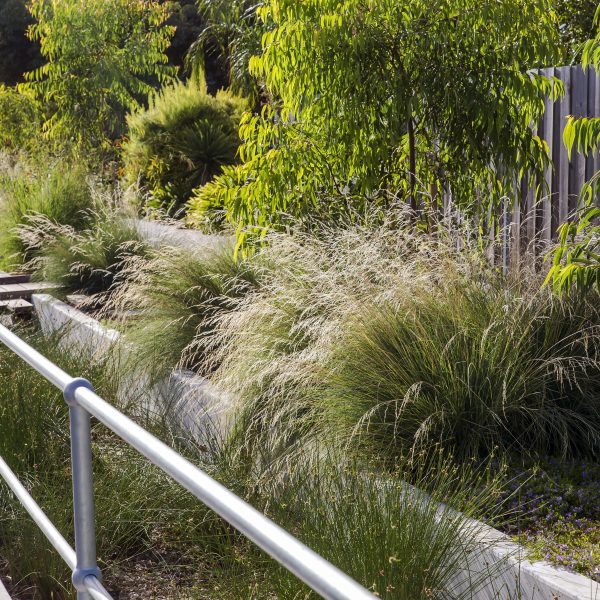
Comments